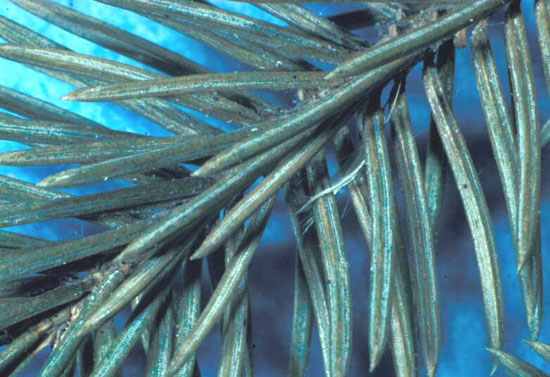Issue 1, April 11, 2016
Spruce Spidermite
Conifer feeding mites including spruce spidermite, arborvitae mite, juniper mite, and pine mite are active at this time of year. They should be feeding through mid-April in southern Illinois, through April in central Illinois, and mid-May in northern Illinois.
Verify that the mites are present by holding a white piece of paper below a branch and striking the branch. If present, numerous mites will be knocked onto the paper where they can be easily seen. Slow-moving greenish to grayish dots that streak green when smashed are damaging mites. Quick-moving red to clear mites that streak red when smashed are predatory mites. Numerous predatory mites will control the spider mites without the need for miticide application.
Spider mites are tiny, eight-legged, sucking pests that are more closely related to spiders than insects. They are too small to be seen without a hand lens on foliage. They feed by sucking the contents, including the green chlorophyll, out of several cells next to each other. This results in a tiny, white spot. As the damaged cells die, the spot turns brown. Numerous spots caused by many mites feeding is referred to as stippling, borrowed from artists' use of pencil dots to cause a shading effect. From a distance, the brown stipples merge with the green around them to cause the foliage to appear bronze in color.

Spruce spidermite damage.
Spider mites are controlled with miticide sprays when the mites are active, making the paper test before application critical. Effective miticides include acequinocyl (Shuttle), bifenthrin (Onyx, Talstar), fenazaquin (Magus), insecticidal soap, spiromesifen (Forbid), and summer oil. As summer approaches, the mites will lay over-summering eggs that will not hatch until fall. These eggs are resistant to most miticide applications. (Phil Nixon)
Author:
Phil Nixon